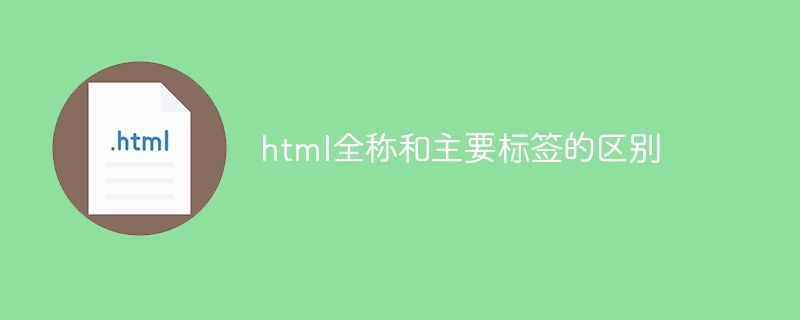 What is the purpose of the <datalist> element?
Mar 21, 2025 pm 12:33 PM
What is the purpose of the <datalist> element?
Mar 21, 2025 pm 12:33 PM
The article discusses the HTML <datalist> element, which enhances forms by providing autocomplete suggestions, improving user experience and reducing errors.Character count: 159
 What is the purpose of the <progress> element?
Mar 21, 2025 pm 12:34 PM
What is the purpose of the <progress> element?
Mar 21, 2025 pm 12:34 PM
The article discusses the HTML <progress> element, its purpose, styling, and differences from the <meter> element. The main focus is on using <progress> for task completion and <meter> for stati
 What is the purpose of the <meter> element?
Mar 21, 2025 pm 12:35 PM
What is the purpose of the <meter> element?
Mar 21, 2025 pm 12:35 PM
The article discusses the HTML <meter> element, used for displaying scalar or fractional values within a range, and its common applications in web development. It differentiates <meter> from <progress> and ex
 <p>Full name and main tags of HTML
<p>Full name of HTML
<p> The full name of HTML is HyperText Markup Language, which is translated as hypertext markup language. It is a programming language used to create web pages.
<p>Main tags
<p>HTML language usually contains the following main tags:
<p>1. Structural tags
<p>Full name and main tags of HTML
<p>Full name of HTML
<p> The full name of HTML is HyperText Markup Language, which is translated as hypertext markup language. It is a programming language used to create web pages.
<p>Main tags
<p>HTML language usually contains the following main tags:
<p>1. Structural tags


